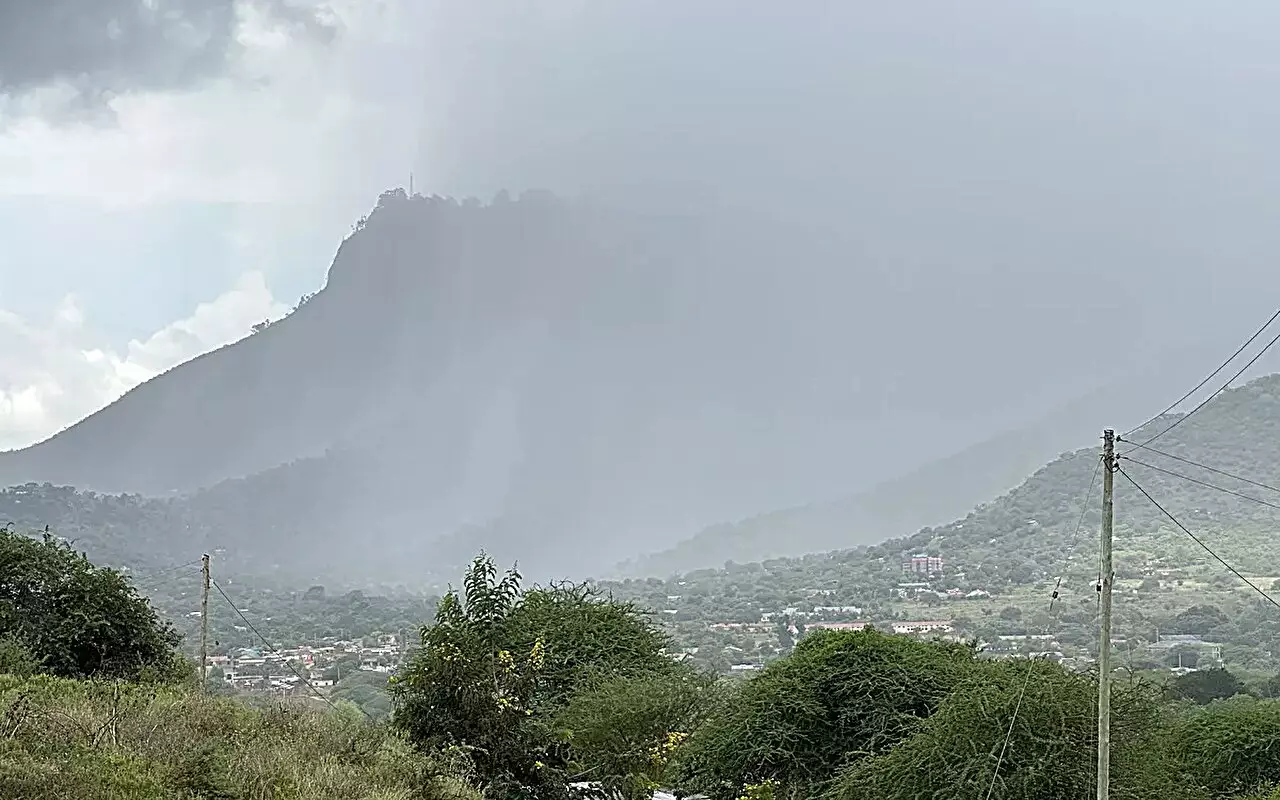The troubling relationship between deforestation and climate change has garnered increasing attention in recent years, particularly as it pertains to Africa’s unique montane forests. Recent findings from an international team of researchers from Finland, Germany, South Africa, and Ethiopia detail the alarming consequences of deforestation in these biodiverse regions. This research underscores the groundbreaking reality that deforestation in the past two decades has caused more significant warming and elevation of cloud levels than climate change alone. The implications are vast, potentially threatening both biodiversity and critical water supplies across the continent.
Understanding Montane Forests
Montane forests represent a significant ecological niche within Africa, characterized by their high biodiversity and their role as essential water towers. These forests are predominantly found in isolated mountainous regions where they capture moisture-laden fog and clouds, thus functioning as natural reservoirs that supply clean water to countless communities in the surrounding lowlands. Given the increasing challenges posed by climate change and human activity, it is crucial to grasp how these forests operate and the severe consequences they face as a result of deforestation.
Over the last two decades, an estimated 18% of Africa’s montane forests have been lost, with profound effects on the climate and topography of these regions. Researchers recorded a 1.4 °C rise in air temperature and a corresponding 230-meter increase in cloud levels, indicating that the effects of deforestation are particularly pronounced, often outpacing the impacts of global climate change. This trend not only exacerbates warm temperatures but also disrupts the natural processes that allow these forests to maintain water supply for surrounding communities.
The mechanical process of water harvesting in montane forests involves the deposition of fog on the forest canopy. This fog usually condenses on plant surfaces and trickles down to the ground, thereby increasing groundwater levels and supporting the local ecosystem. However, researchers, including Prof. Peetri Pellikka from the Taita Research Station in Kenya, emphasize that the raising cloud base significantly hampers this process.
When clouds rise above the forest canopy, the natural phenomenon that allows fog to drip into the soil ceases. Instead of benefiting from the additional moisture provided by fog, these deforested areas in elevated regions are left increasingly vulnerable to drought and water scarcity. The implications are severe since many communities depend on montane forests for their freshwater supplies.
As the research highlights, although elevation tends to favor cooling effects, extensive deforestation can negate these benefits. Large-scale tree cover loss—defined by the abrupt disappearance of over 70% of tree cover in a one-kilometer squared area—can exhibit warming comparable to lower elevations, even in mountainous regions. This is particularly worrying as it indicates that there may be no safe altitudinal refuge from the impacts of deforestation.
The forests atop significant African peaks, including Mt. Kenya and Mt. Kilimanjaro, serve as critical water sources for both local and regional populations. Remarkably, it has been reported that approximately 50% of Kilimanjaro’s forest cover has vanished since 1880. This historical loss is sobering and highlights the urgent nature of intervention needed to prevent further degradation of these vital ecosystems.
Researchers stress the necessity for immediate action to curb the ongoing destruction of montane forests caused by agriculture and logging. The insights gathered from this comprehensive study underscore the urgency of preserving these ecosystems not only for their intrinsic biodiversity but also for the essential ecosystem services they provide—chief among them being water supply.
Through collaborative research efforts utilizing advanced methodologies, including satellite observations and empirical data collection, scientists are piecing together the intricate relationships between deforestation, climate change, and ecosystem health. This multi-faceted approach reiterates that preserving montane forests should become a priority on the global agenda, given that their degradation poses risks that extend far beyond their geographical boundaries.
The alarming findings regarding deforestation in Africa’s montane forests ought to serve as a critical wake-up call. A concerted effort is required from policymakers, scientists, and communities alike to develop sustainable management strategies that could help restore and protect these vulnerable ecosystems while ensuring the well-being of millions reliant on their resources. There is no time to waste—the future of Africa’s montane forests hangs in the balance.


Leave a Reply